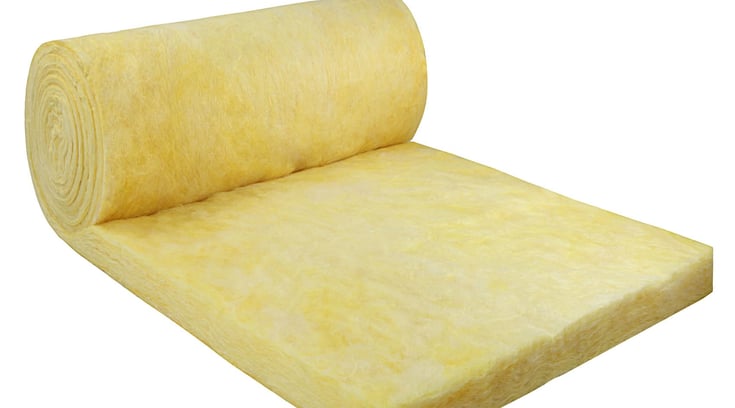the future development of heat insulation materials in the world
Blog post description.
5/12/20251 min read


The future of heat insulation materials is being shaped by the demands for energy efficiency, sustainability, safety, and smart integration. Here's an overview of where the field is heading globally:
1. ♻️ Eco-Friendly and Sustainable Materials
Bio-based insulation: Materials made from hemp, flax, cellulose, mycelium, or sheep wool are gaining ground.
Recyclable or biodegradable alternatives are replacing synthetic, petroleum-based foams.
Focus on low embodied carbon and cradle-to-cradle certified products.
2. Smart and Adaptive Insulation
Phase Change Materials (PCMs) that store and release heat depending on temperature.
Thermochromic materials that change optical properties for dynamic solar control.
Future materials may adjust insulation value automatically based on climate or occupancy.
3. Integration with Energy Systems (Building Envelopes)
Vacuum Insulation Panels (VIPs) and Aerogels are being incorporated into thinner walls, windows, and facades.
Use in net-zero energy buildings and green retrofitting.
4. �� Advanced Nanomaterials
Silica aerogels: Ultra-light, extremely low thermal conductivity (down to 0.013 W/m·K)
Carbon nanotube-based and graphene-enhanced insulation with multi-functional properties (thermal, structural, and even conductive)
5. �� Fire-Resistant and Safer Materials
New non-toxic, halogen-free fire retardants
Growth in inorganic fibers (e.g., basalt, ceramic) for use in high-risk or industrial environments
6. ��️ 3D Printing and Prefabricated Insulation
Precision manufacturing of insulation-integrated panels or shapes
Custom-fit insulation modules for irregular surfaces or retrofits
7. �� Cost and Energy Efficiency Pressure
Materials that offer better R-value per inch
Multifunctional materials that provide both thermal and acoustic insulation at a lower lifecycle cost
